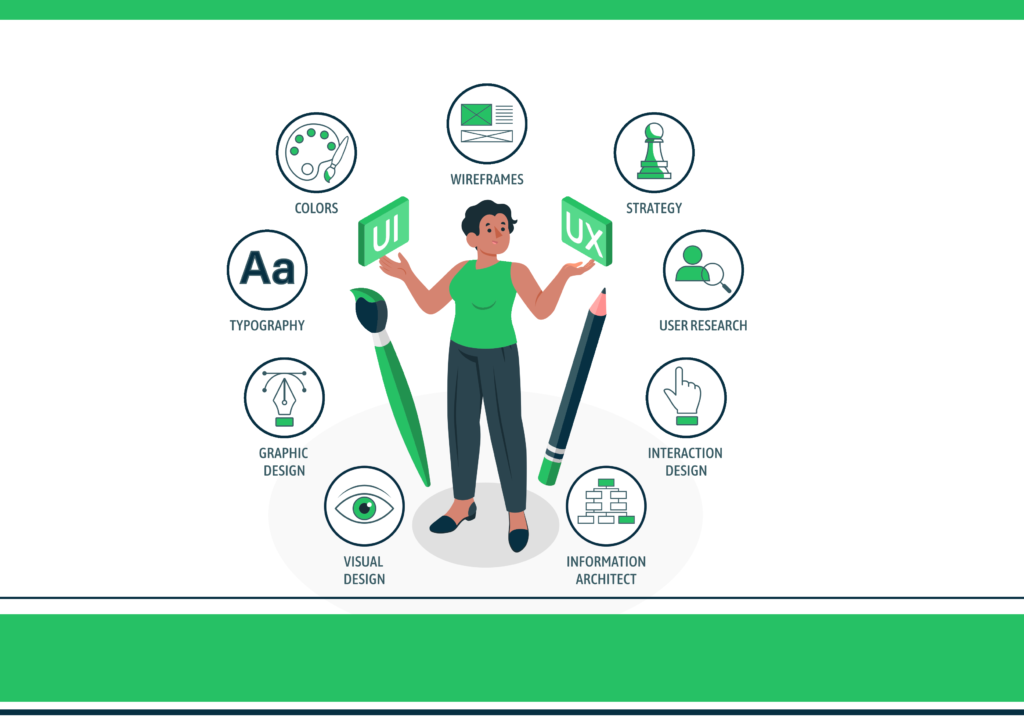Envision placing an order for your favourite dish; Only for you to be served a plate of salty rice and uncooked chicken. Sounds frustrating right? It’s like what I ordered vs what I got in real life. Now, let’s imagine a situation where you intended to recharge NGN 5,000 worth of airtime but due to a simple error you added an extra zero, making it NGN 50,000. The absence of a comma to separate those values leads to an unexpected financial hiccup. Cry in sapa!
This parallels the role of a Quality Assurance (QA) tester who meticulously checks for bugs, defects, and potential issues in a client’s product. The QA tester ensures that the product aligns with the customer’s requirements. In the rapidly evolving landscape of technology in the financial sector, the significance of a software quality assurance (SQA) tester cannot be overstated.
Fintechs, as technology-driven solution providers, thrive on constant innovation. However, the true value of these innovations lies in their user-friendliness and efficiency. This is where QA becomes indispensable, ensuring that fintech inventions are not only groundbreaking but also provide a seamless and optimal user experience. A QA tester guarantees that the released product meets rigorous standards.
Here are the top four reasons QA testers are indispensable:
- Security:

Acting as security guards, QA testers minimize unauthorized access and potential risks, safeguarding systems against vulnerabilities and potential attacks. They identify vulnerabilities and weaknesses in a system before they are exploited by attackers.
2. Compliance:

QA ensures that developers meet the necessary conditions of each product, reporting any issues that could impact the product’s quality.
3. Usability and Functionality:

Just like the filter feature in WhatsApp, QA testers ensure that the features work correctly. They ensure that buttons that exist on an application can be easily used and serve their purpose.
4. User Interface/User Experience:

QA testers focus on the aesthetics of a product, including factors like colour, shape, and size, aiming to make the product visually appealing and easy to use. Recall the example of the airtime mishap? The QA would have ensured that there’s a comma to separate the values in the summary page which would help the user confirm transaction amount before hitting send.
QA testers take a personal oath to protect and keep data confidential. They anticipate worst-case scenarios during testing and work diligently to prevent them. They amazingly also have to bear the eyes and minds of a user and think like this: If I were to be the user of this product, would I like to use it? What features would I like to see? How easy would it be for me to use this product without a manual? and lots more ……
QAs regard quality as a must-have. So, the next time you enjoy a seamless experience of a digital product, you have an idea who made that possible!






